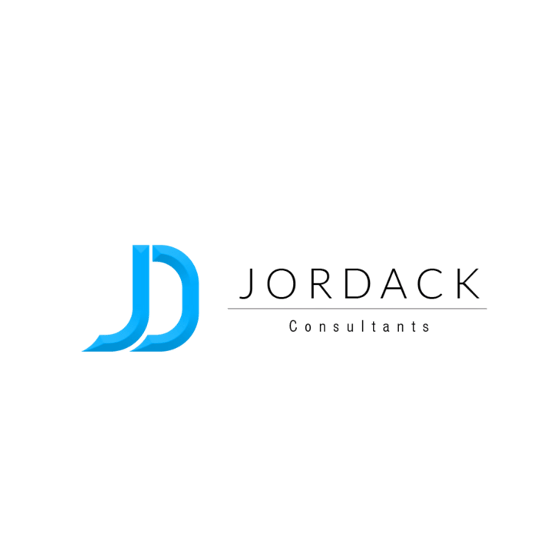A Training Needs Analysis (TNA) is a critical component of identifying performance issues and informing learning design to:
-
- Ensure focus on the right problem.
- Support multiple dimensions of the performance process.
- Help prioritize where learning solutions can have the most impact.
- Inform the definition of focused performance objectives and metrics.
Learning professionals understand that a Training Needs Analysis is a critical first step in developing effective training programs and courses. Despite this realization, companies often skip the TNA and move directly to course development. In some cases, the push for shorter design and development cycles leads companies to eliminate perceived unnecessary activities, with the TNA first on the chopping block. In others, TNA's fail to elicit actionable insights and are perceived as a waste of time and money. When senior leaders identify a development need and request a course, their wishes often supersede any TNA results, making the analysis seem meaningless. For all these reasons, companies can find it too easy to skip the critical TNA phase.
What's the problem with this?
Well, quite simply, the credibility and effectiveness of your learning department. Gartner (2014) estimated that the average rate of scrap learning, knowledge delivered but not applied by learners, is roughly 45 percent for a typical company. That means 45% of annual training budgets are a wasted spend! Furthermore, when learning professionals and corporate stakeholders ignore the TNA activity, quality suffers, and content is neither directly relevant to the learner nor aligned with business strategy.
Many learning functions use the ADDIE (analysis, design, development, implementation, and evaluation) model or other instructional models for their course development efforts, and TNA fits neatly into the analysis phase. However, one should understand, there is no one right way to conduct a TNA. The planning process and steps to execution should reflect an organization's culture and approach to problem-solving. Most TNA processes seek to define the problem, identify performance and capability gaps, and select an appropriate learning intervention. TNAs can also help isolate the root cause of a problem and determine whether a non-learning intervention might be a better solution.

At Jordack Consultants, we have spent many years working with our clients performing TNA's. As a result, we have developed deep insight into what works.
